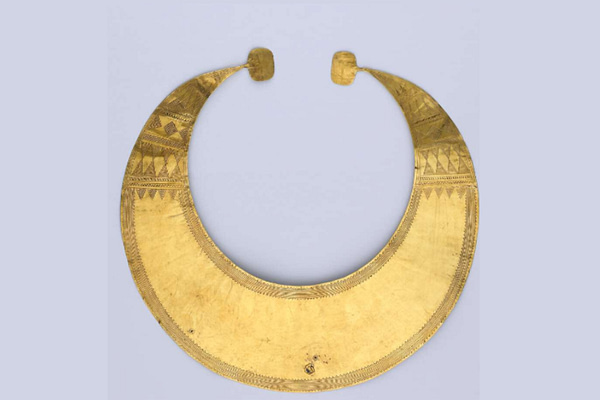Discover Blessington
About Blessington
Blessington, historically known as Ballycomeen (Baile Coimin meaning ‘town of Comyn’, from the Irish surname O’Coimin) is a town situated on the River Liffey in County Wicklow, Ireland. With a population which numbered at over 5’611 following the census of 2022, Blessington is a place which sits neatly as both a contemporary bustling community as well as a gateway to the hills and uplands of County Wicklow and Ireland’s Ancient East
Blessington’s long and rich history is evidenced by Bronze Age discoveries such as the Blessington gold lunula, now in the British Museum.
Historic buildings include St Mary’s Church, which was built in and around 1683 and financed by Archbishop Boyle.
The church is known to home the oldest complete set of bells in Ireland. The six bells date to 1682 and were cast by James Bartlet.




Ninette de Valois


Dame Ninette de Valois (6 June 1898 – 8 March 2001) was an Anglo-Irish dancer, teacher, choreographer, and director of classical ballet.
Ninette de Valois was born as Edris Stannus on 6 June 1898 at Baltyboys House, an 18th-century manor house near the town of Blessington, County Wicklow, Ireland, then still part of the United Kingdom, the second daughter of Lieutenant Colonel Thomas Stannus DSO, a British Army officer, by his marriage to Elizabeth Graydon Smith, a distinguished glassmaker known as “Lilith Stannus”. She moved in 1905 to England to live with her grandmother in Kent.
In 1923, Valois joined the Ballets Russes, a renowned ballet company founded by the Russian impresario Sergei Diaghilev. She remained with the company for three years, being promoted to the rank of Soloist, and creating roles in some of the company’s most famous ballets, including Les Biches and Le Train Bleu. During this time, she was also a mentor to Alicia Markova who was only a child at the time, but would eventually be recognised as a Prima Ballerina Assoluta and one of the most famous English dancers of all time. Later in her life, Ninette de Valois claimed that everything she knew about how to run a ballet company she learned from working with Diaghilev.
After leaving the Ballets Russes, in 1927, Valois established the Academy of Choreographic Art, a dance school for girls in London and the Abbey Theatre School of Ballet, Dublin. In London, her ultimate goal was to form a repertory ballet company, with dancers drawn from the school and trained in a uniquely British style of ballet. Students of the school were given professional stage experience performing in opera and plays staged at the Old Vic Theatre, with Valois choreographing several short ballets for the theatre. Lilian Baylis was the owner of the Old Vic at that time, and in 1928 she also acquired and refurbished the Sadler’s Wells Theatre, with the intention of creating a sister theatre to the Old Vic. She employed Valois to stage full scale dance productions at both theatres and when the Sadler’s Wells theatre re-opened in 1931, Valois moved her school into studios there, under the new name, the Sadler’s Wells Ballet School. A ballet company was also formed, known as the Vic-Wells Ballet. The Vic-Wells ballet company and school would be the predecessors of today’s Royal Ballet, Birmingham Royal Ballet and Royal Ballet School.
She is commemorated in her native Blessington, Ireland through a plaque as part of the Blessington Heritage Trail, and the initiation of an annual festival inaugurated in 2018.
Russborough House

Russborough House, situated 5km south of Blessington, which was built by the Leeson family, Earls of Miltown, is open to the public.
Today, Russborough is open to the public and includes gardens and woodlands, a museum, a café, as well as hosting live events such as concerts and exhibitions.
Blessington Lakes

Poulaphouca Reservoir, also known locally as the Blessington Lakes, was created when the waterfall at Poulaphouca on the River Liffey was dammed by the ESB, to be used as a Hydroelectric Plant.
After the valley was flooded, the new lakes covered over 5,000 acres.
The lakes and surrounding mountains provide unique and picturesque scenery which draws tourists, sightseers and walkers from all around the world.
During prolonged, dry periods, an unusual occurrence can happen, where the submerged houses and homesteads, emerge from the lakes due to the lower water levels.
Recently, the construction of Blessington Greenway has utilised further the local landscape with trails along the lakeshore connecting Blessington with Russborough House. The trail passes woodlands, forests, inlets and is surrounded by the stunning scenery of the rolling hills and Wicklow Mountains.
